This series of articles derives much of its fact and inspiration from Hugh Murray’s book A Directory of York Pubs, 1455-2003. References to the book, as given below, have two numbers, the first indicating the text, and the second its accompanying historical photograph. The article itself is illustrated by the author's own photogrpahs. You may reproduce these without prior permission for any scholarly or educational purpose as long as you (1) credit the photographer and (2) link your document to this URL in a web document or to the Victorian Web in a print document. [Click on the images to enlarge them.] — Rita Wood
Coaching houses and inns
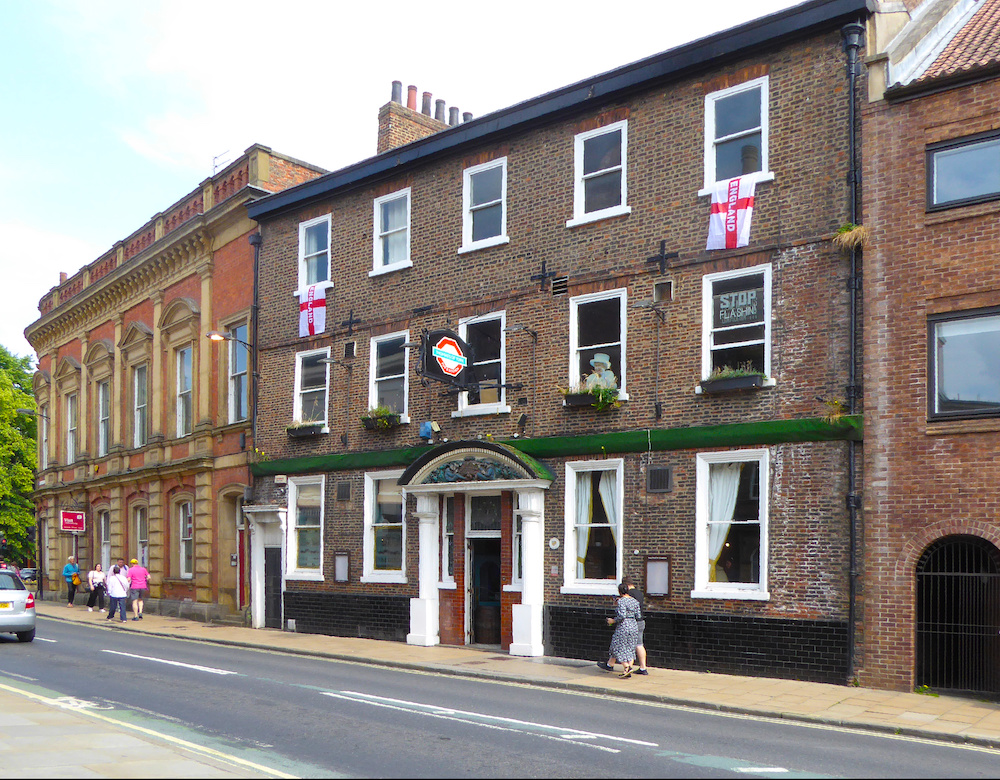
Thomas’s Hotel, formerly Bluitt’s Inn, Museum Street.
Coaching houses served the nationwide network of stage-coaches but had to find a new clientele or disappear with the arrival of the railway in York in 1839-40. Bluitt’s Inn, Museum Street (Murray 18, 31, 222), was a coaching house, formerly Gibson’s, later Ringrose’s, and Etridge’s Royal Hotel in 1803. Following the widening of this street in the 1860s see Duncombe Place, the site is now occupied by part of the Tourist Office and a successor business, Thomas’s Hotel, which opened in 1861. The Black Swan, no. 44, Coney Street was the departure point for a London stage-coach service in the eighteenth century; massive eight bays wide and four storeys high, it stood somewhere between New Street and Market Street. It continued in business after the coming of the railway, but closed in 1939, when some of its material was given to the Castle Museum. It was demolished in 1968 and replaced by shops (Murray 14, 28, and back cover).
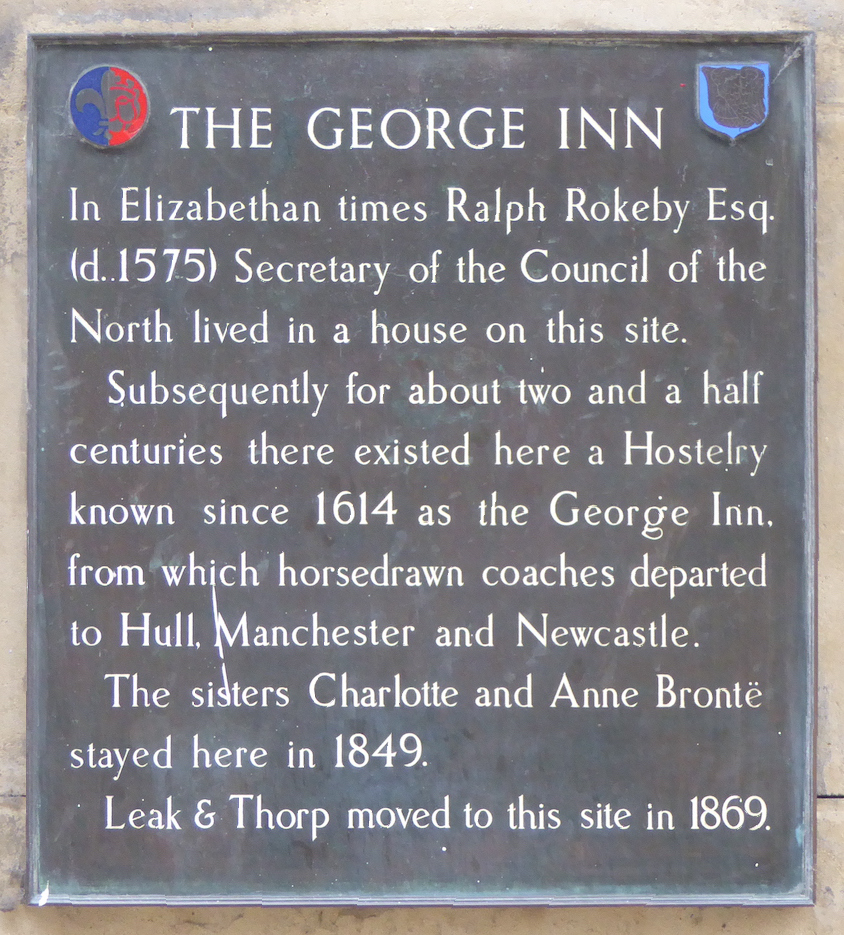
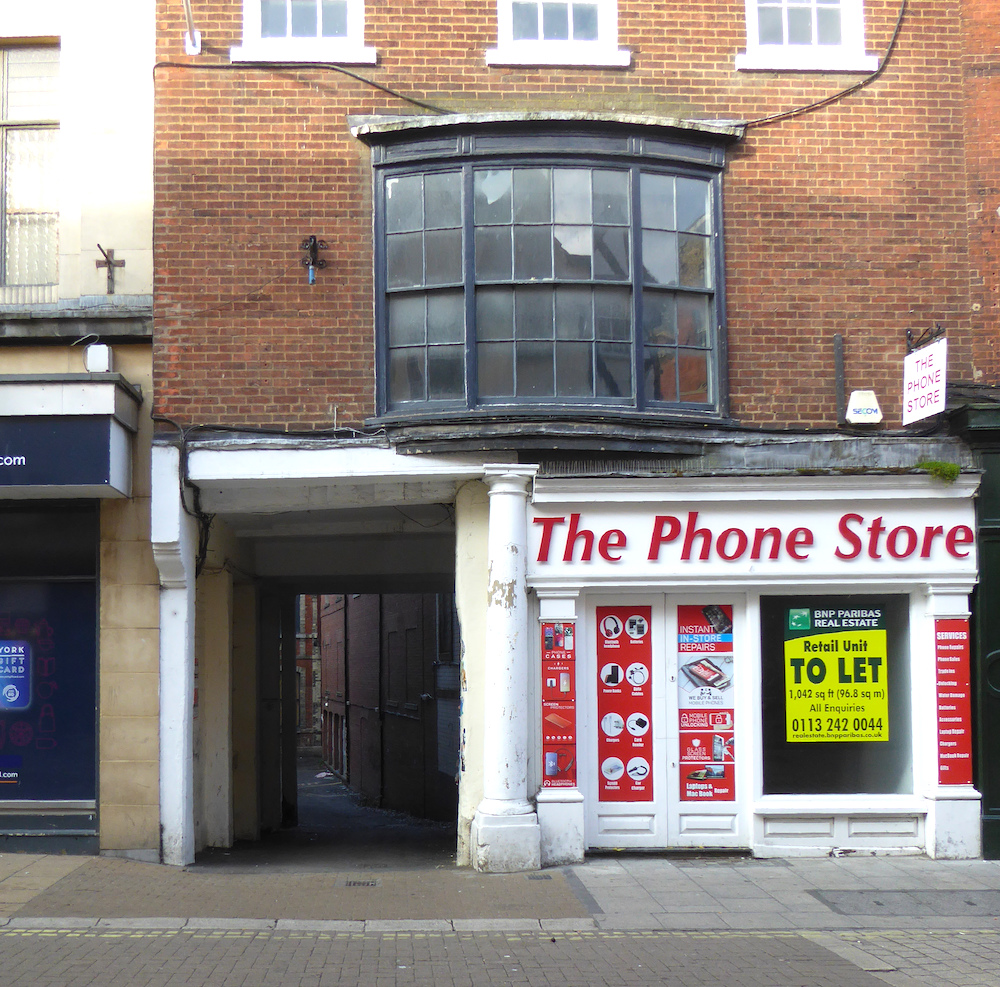
The George, a coaching inn once existed at 17 and 19 Coney Street. These (on the right) are the remnants of it today.
There is a plaque on no. 19 opposite the site of the former Black Swan for another lost coaching inn, the George, which served Hull, Manchester and Newcastle coaches. This inn extended five bays or more to no. 17 Coney Street, where the open archway, the column to the right and the bow window above remain, but slightly reset, from the coaching inn (Murray 83, 105); the George was demolished in 1869. The archway leads down to the Ebor Hall, advertised as "Billiard and News Rooms" in about 1860.
Nineteenth-Century pubs
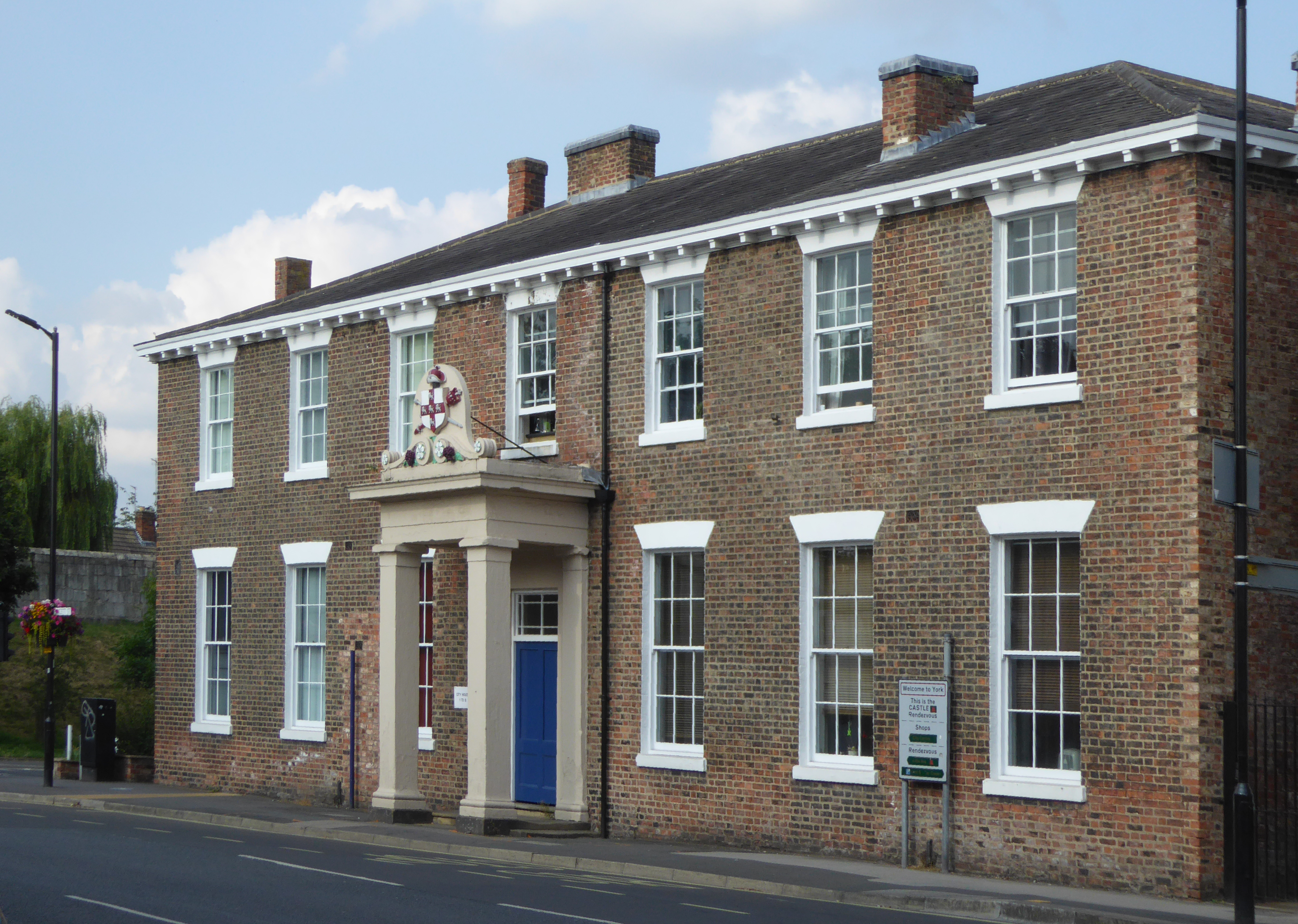
The City Arms, Fawcett Street.
The City Arms, Fawcett Street was a hotel built by the Corporation to serve the new cattle market after that was moved outside the walls in 1827; the hotel opened in 1829 (Murray 45, 53). The new cattle market extended from the City Arms to Barbican Road, and Kent Street to the south. Something of the increased scale of business expected in the market might be imagined by comparing the City Arms with the Phoenix, Ebenezer Place, though several small pubs, not just one, would have served the old cattle market. The City Arms is now housing.
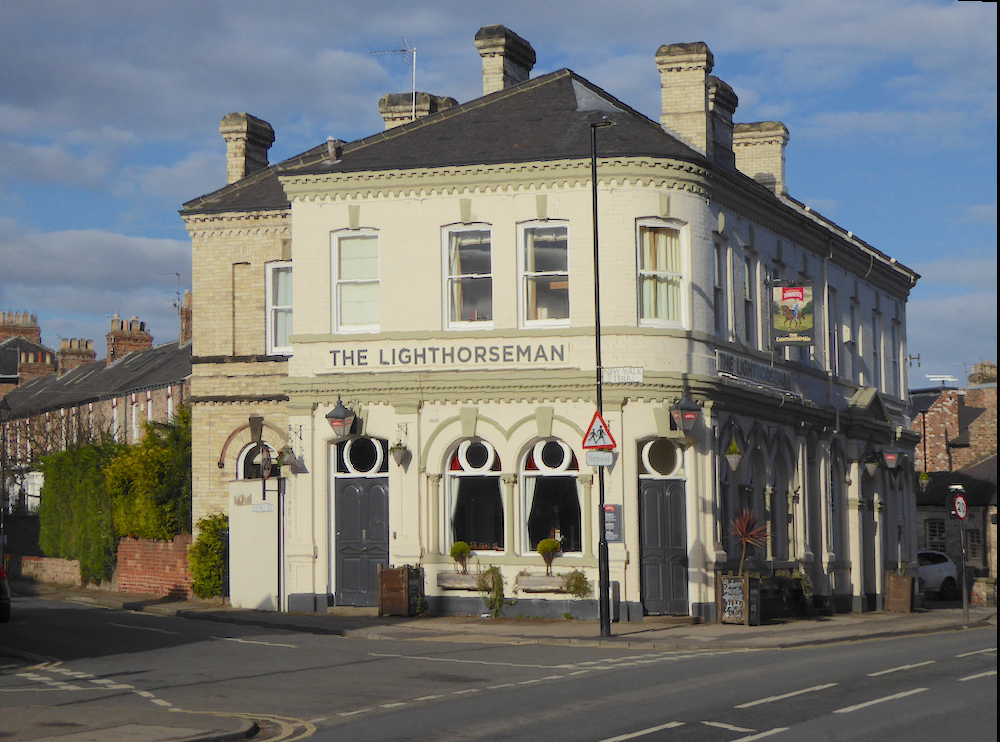
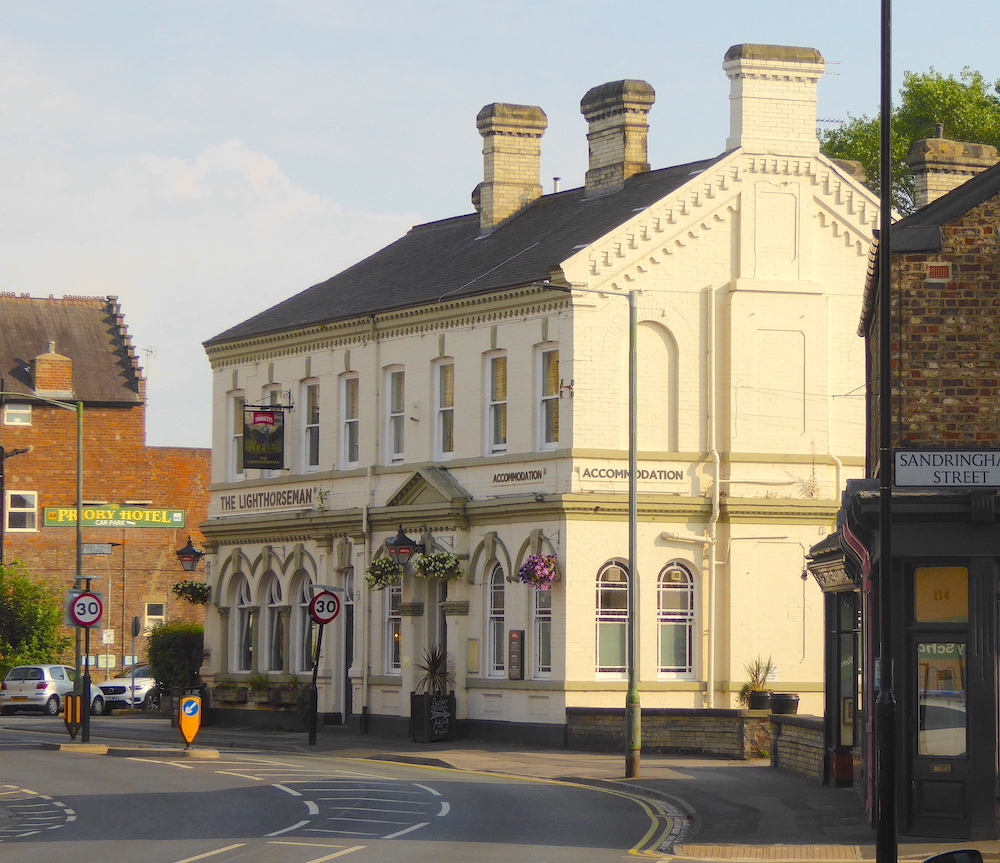
Two views of The Light Horseman.
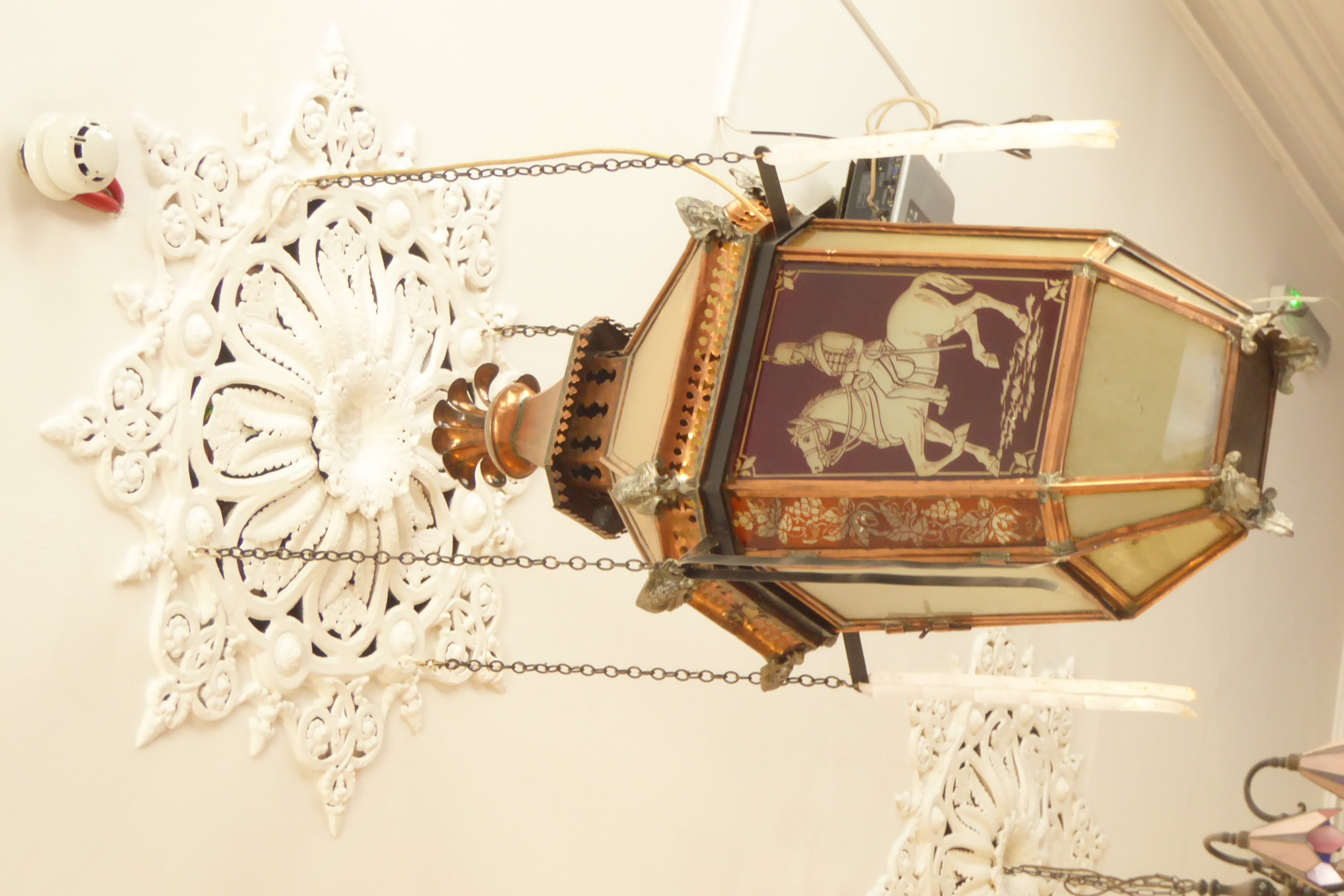
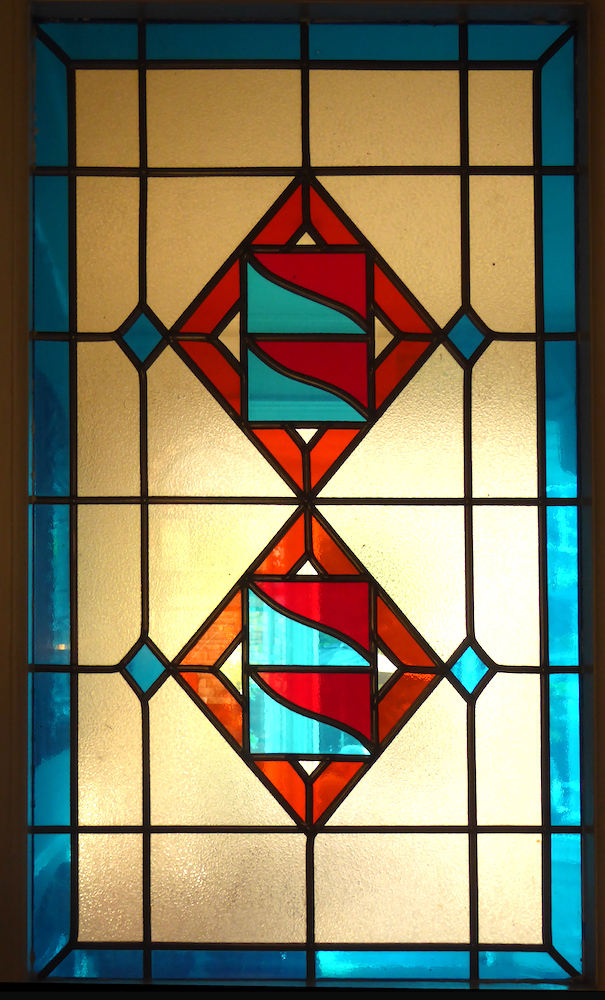
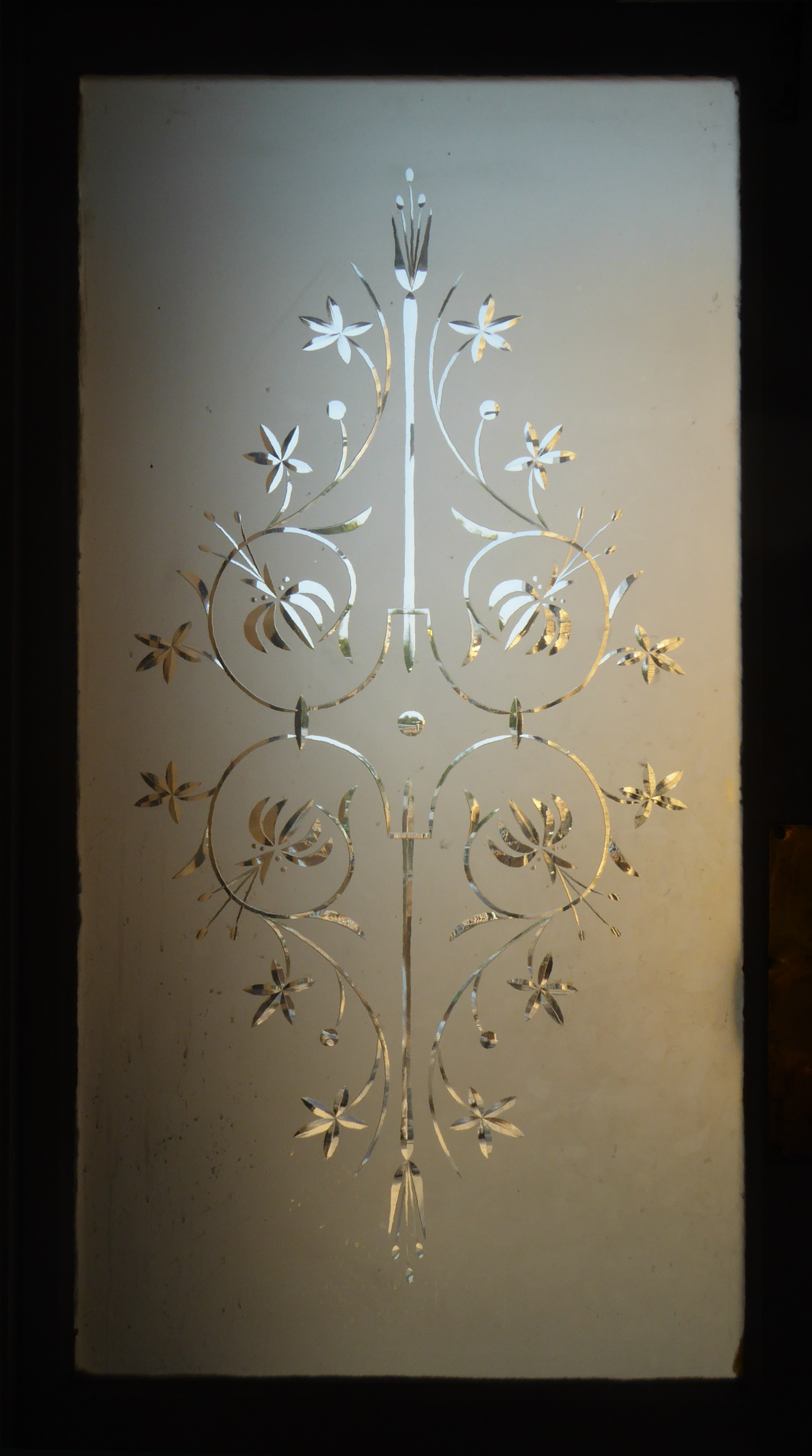
Details of the Light Horseman pub.
The Light Horseman, Fishergate, on the corner of New Walk Terrace was built in the 1870s (P&N 272; Murray 115, 145). An earlier pub had occupied a site behind the present house; perhaps named for a Cavalry barracks built in the area in 1796. It was rebuilt on the road as a purpose-built public house, designed by W. G. Penty. This was a smart location, serving the military offices and barracks in the area, and close to the Georgian riverside New Walk, a fashionable promenade; the housing around is of good quality terraces with small gardens at the front. In 1902 the pub had a club room upstairs, on the ground floor a smoke room, a bar parlour, a large bar, two private rooms and a kitchen; also a cellar. The glazing and accommodation are still recognisably of the period.
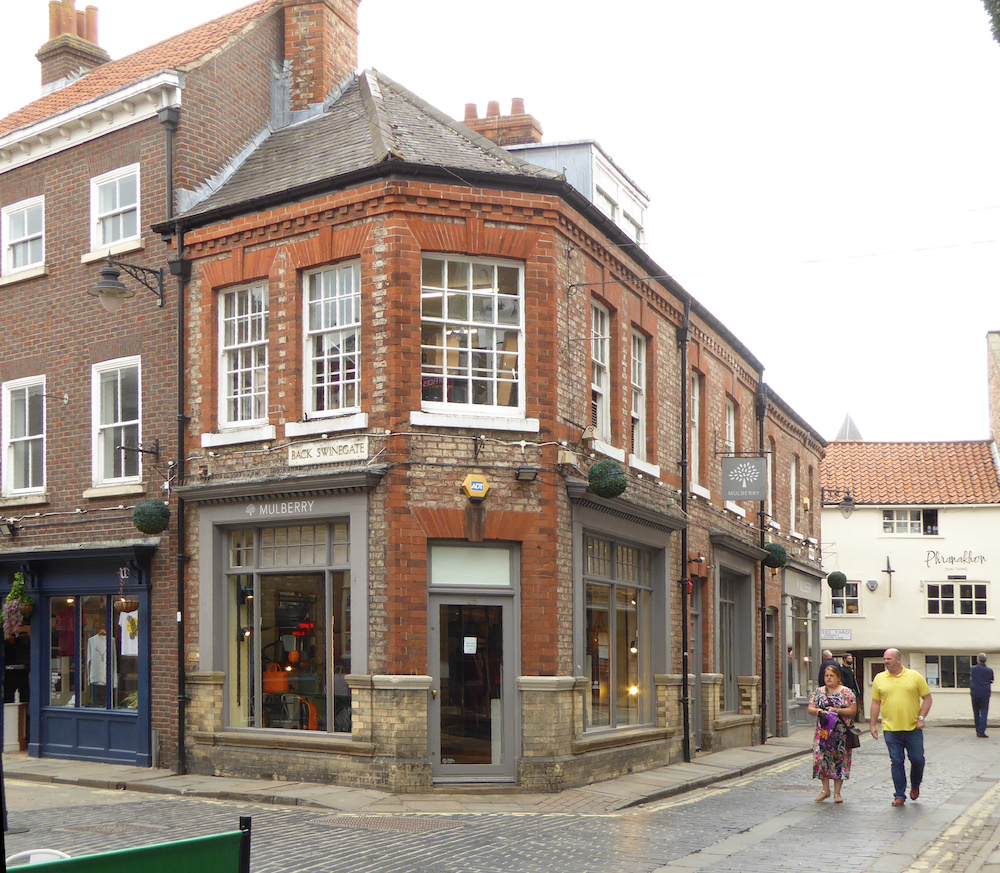
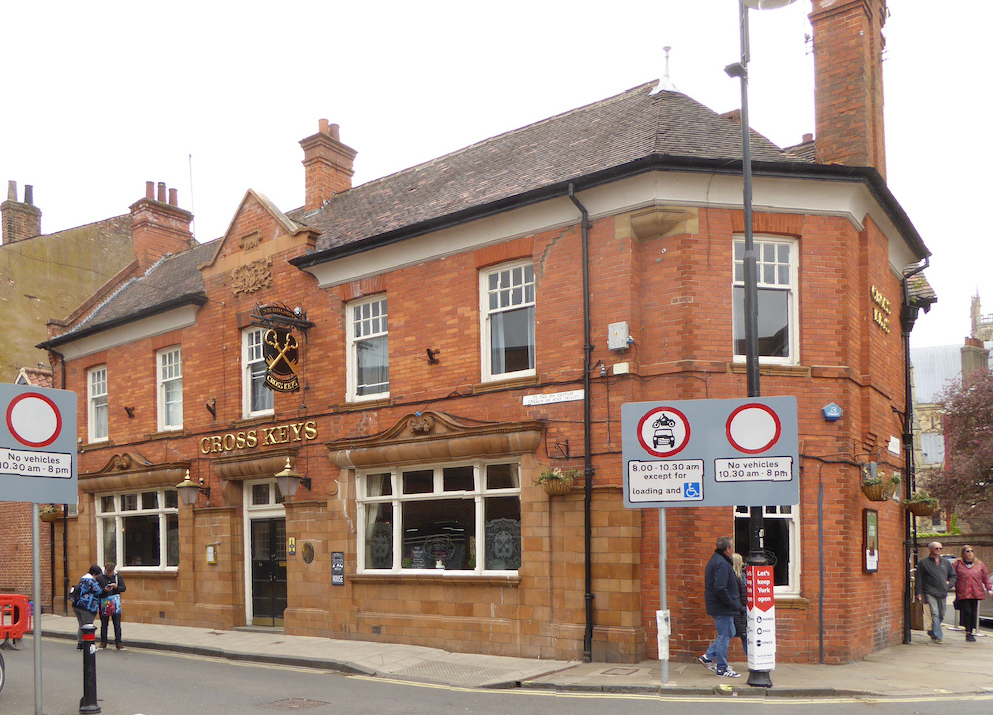
Left:The Coach and Horses, Swinegate, now a shop. Right: The Cross Keys, Goodramgate.
The Coach and Horses, Swinegate, (Murray 47, 48, 55). A pub on this site was mentioned in 1740, when the licensee had previously been coach master of the York to Scarborough coach. In 1902 the building is described as nearly new, so the present building is indicated. The licence was moved in 1958 to suburban premises, and the building has now become the Mulberry shop. Another, slightly later, example of a purpose-built pub is the Cross Keys, Goodramgate, (Murray 56, 68). At the time of its earliest mention, 1783, it stood at a former gate into the enclosed Minster precinct. In 1902, it was reported to be not well kept (i.e., was insanitary). It was demolished in 1903 when the problems of traffic entering the Minster precinct were solved by the creation of a new road, Deangate. The building illustrated is dated 1904. There are a few traces of original decoration inside, including a black and white tiled floor in front of the bar and Art Nouveau papering on the dado of the porch. Corner sites were commercially favoured, and are often occupied by pubs.
Links to related material
- Public Houses in Walmgate, York
- Pre-Nineteenth-Century Public Houses (excluding Walmgate) in York
- Pubs converted to other uses in York
- Victorian and Edwardian pubs in Britain
Bibliography
1885 Directory, Leicester University archive.
Chief Constable’s report, 1902, York City Archives 258. Details of accommodation are given in these reports and often quoted by Murray 1988.
An Inventory of the Historical Monuments in City of York, Volume 5, Central. HMSO, London, 1981.
Murray, Hugh. A Directory of York Pubs, 1455-2003.York: Voyager Publications, 2003.
Pevsner, Nikolaus, and David Neave. Yorkshire: York and the East Riding. New Haven and London: Yale University Press, 2002.
Created 10 May 2022